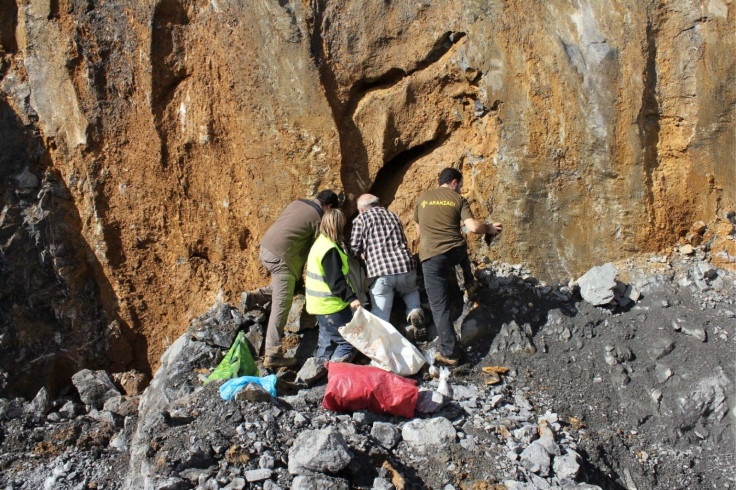An exceptional palaeontological site going back 100,000 years is unearthed in northern Spain
Over 40 different animal species have been identified at the site, many of them superbly preserved.

In 2012, quarry workers in the north of Spain, near the town of Arrasate, were carrying out a blasting operation when they uncovered a large number of fossils buried deep in the brown clay. They immediately halted work and contacted Professor Alvaro Arrizabalaga of the Department of Geography, Prehistory and Archaeology at the University of the Basque Country.
Arrizabalaga and his colleague Maria Jose Iriarte quickly recognised the importance of the site, named Artazu VII, and hurriedly began excavating the bone remains in collaboration with the quarry company.
The fossils that were discovered were dated to the Upper Pleistocene – the period spanning roughly 125,000 to 10,000 years ago – which excited researchers given that there are very few palaeontological sites from this period in the region which have not been significantly affected by human activity.
The fossils at Artazu VII belonged to an abundance of different animal species and were exceptionally well preserved. The findings have been published in the journal Comptes Rendus Palevol.
At least 40 different species of mammals, reptiles and amphibians, both large and small, were found at Artazu VII, including some that are now extinct or no longer present in the region. Some of the notable finds were animals like the cave lion (Panthera spelaea) and steppe bison (Bison priscus) – both now extinct – as well as the red deer (Cervus elaphus) and leopard (Panthera pardus) – the latter of which is no longer found in Spain. Furthermore, many of the remains were recovered whole with their bones preserved in anatomical connection.
The researchers put Artazu VII's paleontological importance down to the fact that it used to be a chasm which functioned as a kind of natural trap, meaning animals fell into it by chance. The fossils then are more likely to accurately reflect the distribution of fauna in the immediate area at the time when the chasm was filled, in comparison with a situation where the bones accumulated there as a result of being hunted by other animals which died with their prey still digesting inside them.
This would give a more distorted picture of the animal distribution because the prey could have been eaten far from the chasm site. This presents researchers with a golden opportunity for further examination
The Pleistocene is seen is an important phase in human history, specifically because it was dominated by various significant climate changes on a regional and global scale.
© Copyright IBTimes 2025. All rights reserved.





















